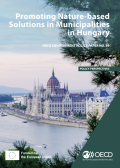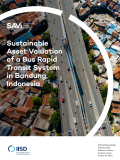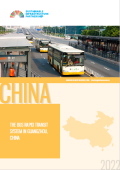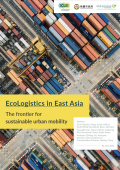
This report shows how behavioural science can speed up the green transition by making environmental policies smarter and more effective.

This study looks at how EU initiatives, like the Circular Economy Act and the New European Bauhaus, are leading the way in circular solutions.

The case study details the innovative approaches taken by Bogotá, Colombia, to address the challenges of urbanization, congestion, and pollution through data-driven strategies for sustainable infrastructure.

This paper applies the OECD’s framework to provide recommendations for how to encourage the use of nature-based solutions by Hungarian municipalities to mobilize further public and private investment in climate adaptation..

This report presents the economic valuation of a planned bus-rapid transit system in Bandung, Indonesia, including investment costs, added benefits and avoided costs.

The case study details Guangzhou's successful implementation of a Bus Rapid Transit System which provides responsive, resilient and flexible service.

The case study details Rwanda's strategic planning approach to the development of an Eco-Tourism Park in line with the national green Growth strategy.

The case study details Helsinki's exemplary use of it's underground spaces.

This paper presents case studies and analysis of the mobility and logistics challenges of three East Asian cities.
This case study is based on the findings from the assessment of the Greater Banjul Project 2040. With the help of the Capacity Assessment Tool for Infrastructure (CAT-I), researchers identified the potential barriers to the planning, delivery, and management of sustainable infrastructure projects faced by the Gambian government. This study illustrates the first of the ten International Good Principles of Sustainable Infrastructure: Strategic Planning.
